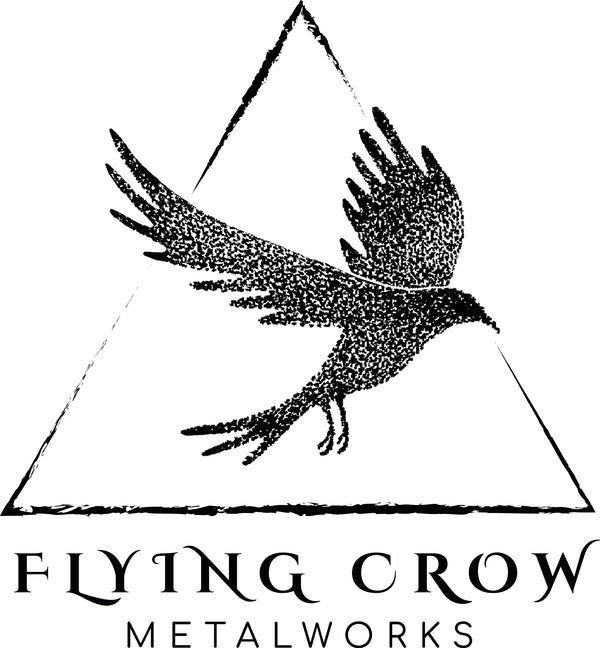
Stone Stories Part I: Agate
Share
This series is intended as a love letter to the inspiration of many of my jewelry designs: rocks. With a little spit and polish, even the most humble stone can become precious. Instead of merely using traditional gemstones, I hunt for stones that in some way are like no other. As I seek to design and create one-of-a-kind adornments, I'm looking for ways to reflect the unique personality of the wearer. For me the value in these materials is their singular beauty. I hope you enjoy learning a little more about the stones I use, why I use them, and (for those who like the science) a little more information on how and where these stones are formed.
Story behind the stone: Agate
Why this stone

Agate has mesmerizing colors and patterns that I think are works of art in their own right. Even though agate is a common stone (you can't walk down the street without tripping over one), there's nothing typical about the ranges of color and pattern found in these beautiful specimens. No two stones are exactly the same, and I think that is a big part of why I love to use agate in my jewelry designs. I'm inspired by the unique variety in these stones, which connect me to natural environments I have lived in or visited. They take me to desert canyons, with colorful layers of deposits; to deep forests where mosses trail from the thick canopy, to stark desert landscapes with mountains in the distance.

Some of the banded varieties you'll see in my collections are Laguna and Laguna Lace agate, Agua Nueva agate and Crazy Lace Agate (all found in northern Mexico, mainly in the state of Chihuahua). Lesser known varieties, such as Australian Crazy Lace with its distinctive golden yellow color is a particular favorite, though difficult to find. Aztec Lace has gorgeous deep purple bands, and when I come across quality cuts I'm eager to add it to my personal stone stash.
I also use Moss Agate found in Oregon and Washington. This stone has amazing mossy inclusions that remind me of the temperate rain forests of the Pacific Northwest.

Recently I brought in a small collection of dendritic agates from Indonesia that I'm eager to start incorporating in my designs.

Where it is found
Agate is found all over the world. But the most sought after deposits are found in the US, Brazil, Mexico, India, and Germany. The majority of the agate I use is found in the Americas, from the northwest United States, down to Mexico.
How it is formed
Agate is a form of chalcedony easily recognized by its bands of color and pattern. Agate is formed in volcanic rock, the banding caused by the deposition of different minerals over time. Agate comes in a huge variety of color and pattern, which give clues to the geologic conditions under which a particular deposit was formed. The impurities and minerals present during its formation, along with temperature and pressure, are the factors that influence its unique patterns, bands and coloration.
Agates are generally formed in rock nodules and geodes, where silica-rich waters percolated through layers of rock and filled in cavities and fractures formed during volcanic activity. Agate is often differentiated into its many varieties by naming it after the place it was found or the person who found it.
Keep an eye out for new jewelry centered around these amazing stones. You can find more examples of my work featuring agate in the Winding Paths collection.
